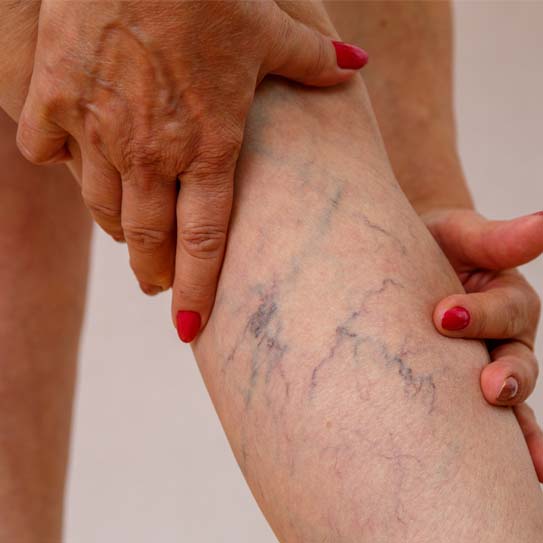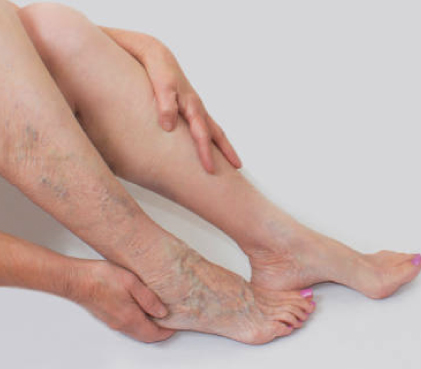
Thyroidectomy surgery procedure begins with a thorough diagnosis to ensure successful surgery with a quick recovery. Diagnostic procedures performed before a thyroidectomy are:-
Major surgery like thyroidectomy is often done under general anaesthesia. The surgeon will conduct a number of imaging and diagnostic procedures prior to the procedure to ascertain how much thyroid tissue will be removed.

Can a thyroid storm result from a thyroid operation?
Thyrotoxicosis that is not appropriately controlled frequently results in a thyroid storm. It seldom happens after a complete thyroidectomy and is readily avoidable by using antithyroid medications (ATDs) beforehand.
Does a thyroidectomy necessarily involve the removal of the parathyroid gland?
No, often at least one parathyroid gland is left in place even after a complete thyroidectomy to avoid the patient from developing hypoparathyroidism and hypocalcemia in the long run.
What factors affect the thyroidectomy operation time?
Depending on whether one or both lobes are to be removed, the intricacy of the procedure, and the surgical method employed, a thyroidectomy can last anywhere from 45 minutes to 3 hours. It also depends on the extent and type of the illness; for instance, benign nodules can be readily removed, but malignant growths necessitate the removal of thyroid-related lymph nodes.
How long does neck stiffness following thyroid surgery last?
One typical thyroidectomy side effect is stiffness or discomfort in the neck, shoulder, or back. The patient may also develop tension headaches, which can take two to three weeks to fully resolve.

Also known as endovenous laser treatment or EVLA, this is a minimally invasive ultrasound-guided procedure that involves the use of ultrasound images and laser fiber in order to kill the delicate lining of the veins. After a few days following the procedure, the body absorbs the dead tissues, closing off the abnormal veins with minimal or no discomfort. This is one of the most commonly preferred methods as it involves far fewer complications, and the recovery time, as well as the success rate of this method, is much faster and higher than that of any surgical process.

Also known as endovenous laser treatment or EVLA, this is a minimally invasive ultrasound-guided procedure that involves the use of ultrasound images and laser fiber in order to kill the delicate lining of the veins. After a few days following the procedure, the body absorbs the dead tissues, closing off the abnormal veins with minimal or no discomfort. This is one of the most commonly preferred methods as it involves far fewer complications, and the recovery time, as well as the success rate of this method, is much faster and higher than that of any surgical process.

Also known as endovenous laser treatment or EVLA, this is a minimally invasive ultrasound-guided procedure that involves the use of ultrasound images and laser fiber in order to kill the delicate lining of the veins. After a few days following the procedure, the body absorbs the dead tissues, closing off the abnormal veins with minimal or no discomfort. This is one of the most commonly preferred methods as it involves far fewer complications, and the recovery time, as well as the success rate of this method, is much faster and higher than that of any surgical process.